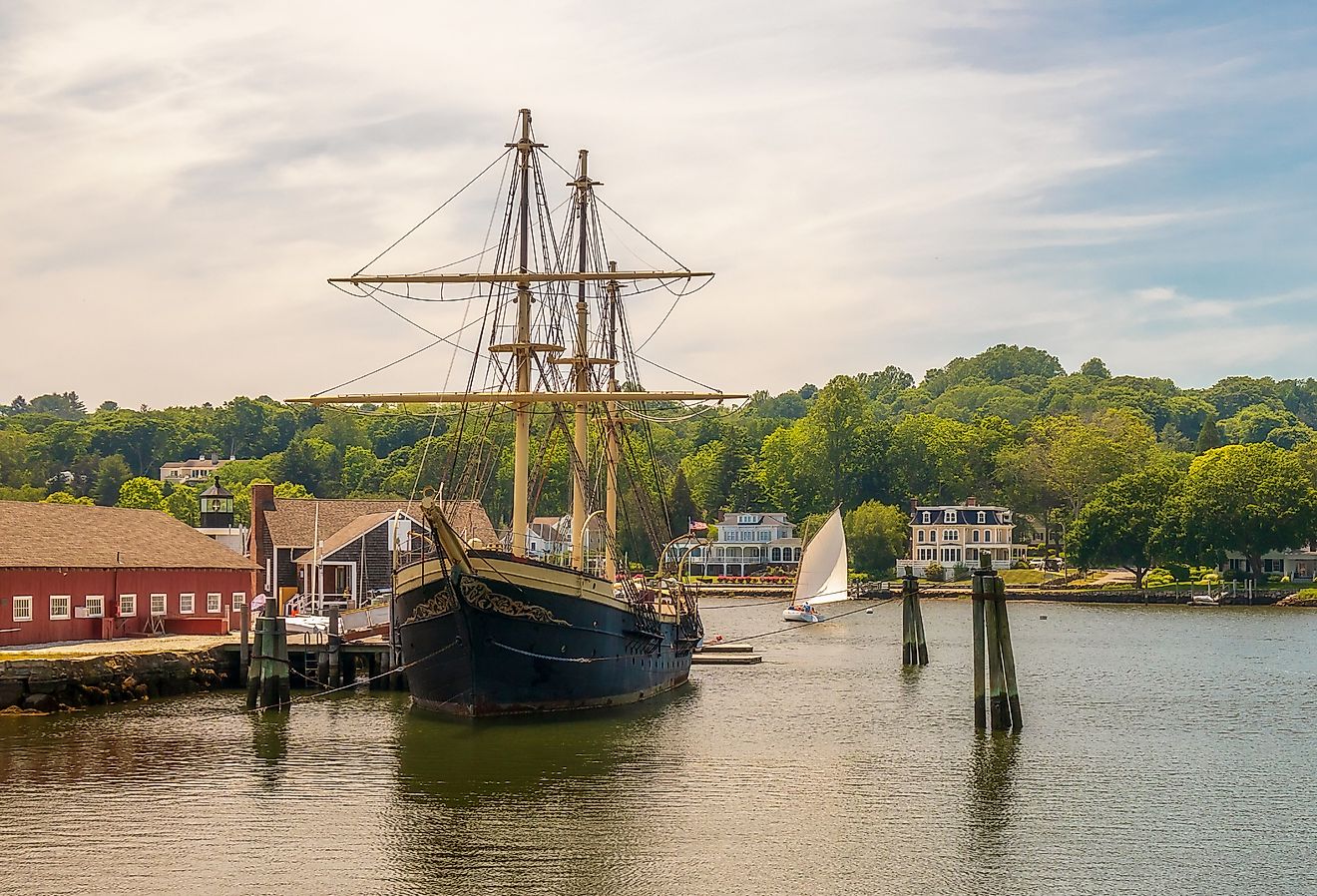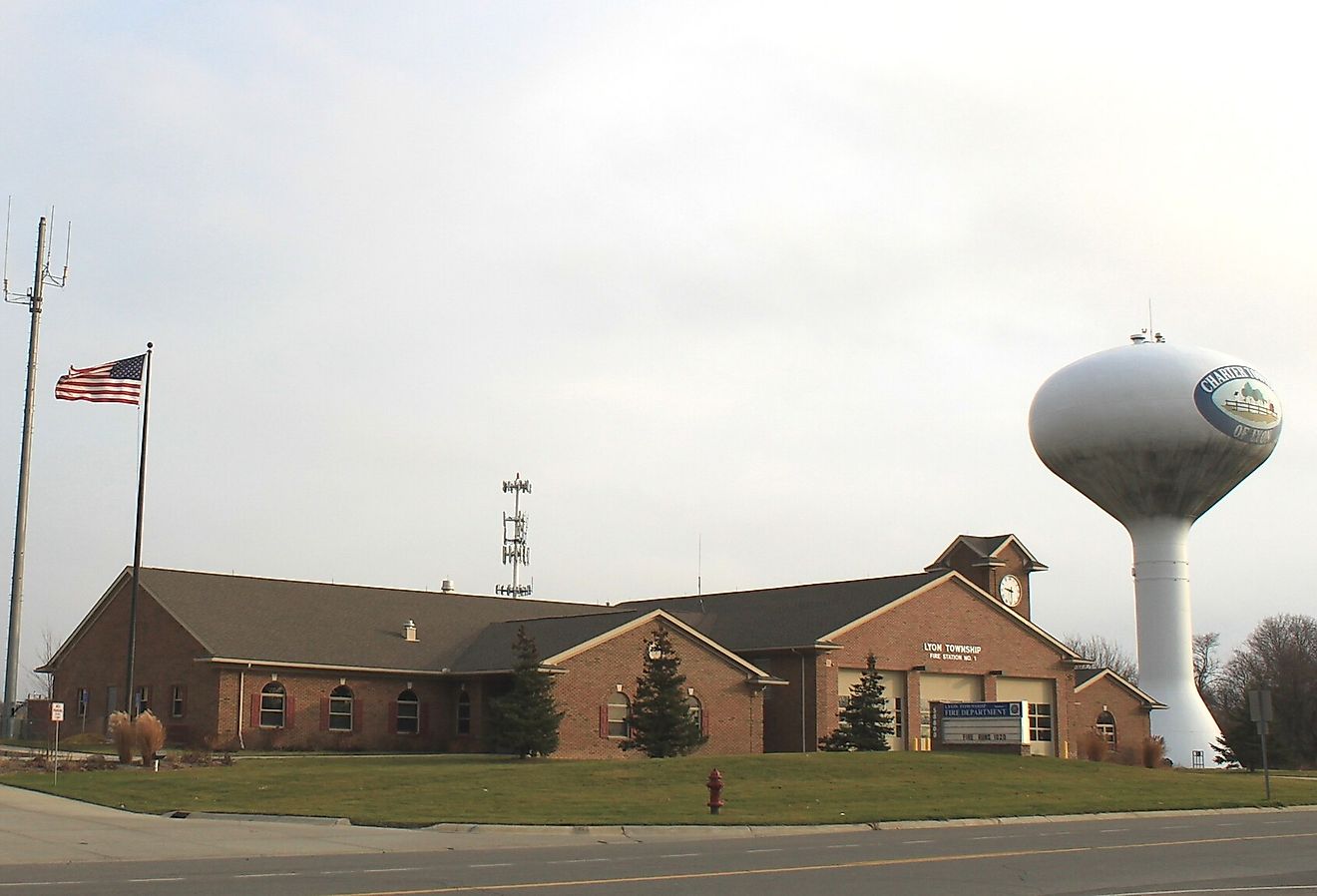What is Day of the Dead?

The Day of the Dead, unlike its name, is a vibrant and festive occasion in Mexico when people remember their deceased loved ones by visiting their graves and spending time there, and also elaborately designing and decorating altars at their homes, inviting spirits of their beloved ones to join the festivities. The Day of the Dead is an annual celebration that takes place between October 31st and November 2nd. The importance and uniqueness of the festival in the Mexican tradition and culture have led to its classification as an intangible cultural heritage by the United Nations Educational, Scientific, and Cultural Organization (UNESCO).
Origins
In Mexico, traditions associated with honoring and remembering the dead have been popular for as long as 2,500 to 3,000 years. The ancient indigenous civilizations would often bury their dead close to their homes and believed that though people die, spirits are undead and hence spiritual connections with the dead must be maintained at all points of time. The origin of the Day of the Dead might be traced back to an ancient Aztec festival held in the 9th month of the Aztec calendar, coinciding with the middle of August each year. With the arrival of the Europeans in Mexico and the influence of Christianity, the festival dates were gradually shifted to coincide with the All Souls' and All Saints' Day celebrations. The first day, November 1st, is celebrated as the “Day of the Innocents” when spirits of children who suffered an untimely death are believed to visit the homes of their loved ones. November 2nd is regarded as the “Day of the Dead”, when the spirits of the adults are believed to visit the mortal world for spending some time with their families.
Celebrations and Rituals
People start preparing for the “Day of the Dead” long before the day arrives. They clean the graves and decorate them with flowers like Mexican marigold (known as the Flower of the Dead in Mexico) and memorabilia dedicated to the death. The favorite foods and drinks of the deceased family members are also prepared and displayed on the decorated altars at homes or near the graves. Toys are often left near the graves of children while liquor is left near the graves of adults. Close relatives of the deceased often get together at homes remembering the happy and fun times spent with the deceased when they were alive and passing anecdotal remarks on their deceased loved ones. Picnics at the grave site are also common and people might also spend an entire night at the graves of their deceased relatives as a tribute to the dead and to keep the spirits company through the night before their departure back into the “other world”. The nature of the festivities are, however, not universal in nature and vary from place to place in the country. The “Day of the Dead” or similar rituals and traditions are also celebrated in other parts of the world like the United States, Latin America, countries of Oceania, and several European nations.
Tourism During the Festival
The uniqueness of Mexico’s “Day of the Dead” often influences tourists to plan their holidays to the country within a time span encompassing the festival dates. Though the festival is largely a private affair, public displays of altars are common in some areas where the festival is celebrated. Tourists are also welcomed to attend the ceremonies in the cemeteries as long as they maintain a respectful attitude towards the celebrations. “Day of the Dead” celebrations at Oxaca, Janitzio and Patzcuaro, Mixquic, and Aguascalientes are some of the most notable ones in the country, each with provisions for tourist participation in the annual festivities.











